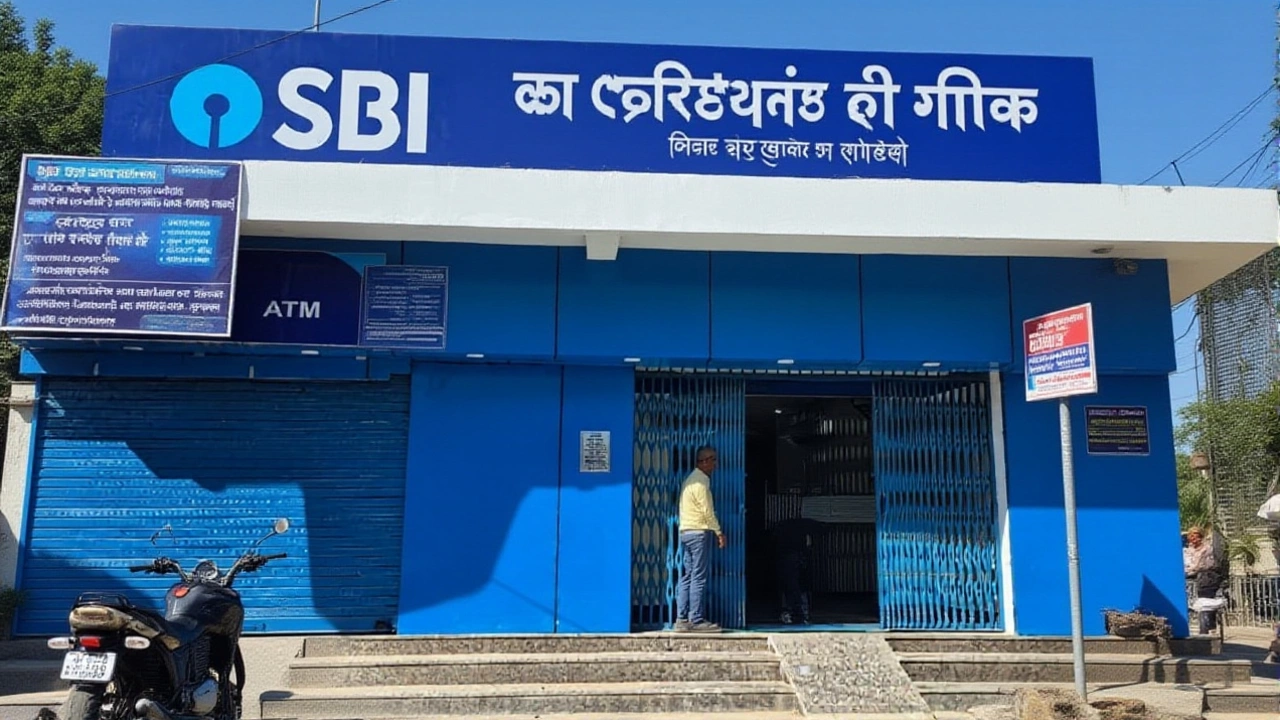RBI Updates: What India’s Central Bank Is Doing Right Now
If you’ve ever wondered why loan rates jump or why your savings account suddenly offers a higher % return, the Reserve Bank of India (RBI) is the name behind those changes. In plain terms, the RBI is India’s central bank – the agency that controls the flow of money, sets interest rates and keeps the banking system stable. This page pulls together the most useful RBI news, explains the jargon, and shows you what it means for everyday life.
Why RBI Decisions Matter to You
Every time the RBI announces a new repo rate, it’s sending a signal to banks about how cheap or expensive borrowing should be. A lower repo rate usually means banks can lend at cheaper rates, which can boost home loans, car loans and business credit. On the flip side, a higher repo rate slows down spending, which helps curb inflation. So when you hear headlines like “RBI cuts repo rate by 25 basis points,” think of it as the central bank trying to balance prices and growth.
Beyond interest rates, RBI also rules on cash reserve requirements (CRR) – the amount of money banks must keep locked away. Changes to CRR affect how much money banks can actually lend. If the RBI hikes CRR, banks have less cash to hand out, which can slow down credit growth. Understanding these moves helps you anticipate shifts in loan availability and interest cost.
Recent RBI Moves You Should Know
In the last few months the RBI has focused on three key areas: inflation control, digital payments, and banking health. First, inflation has been hovering around the 5‑6% mark, prompting the RBI to hold the repo rate steady to avoid price spikes. Second, the push for a cash‑less economy continues with new guidelines for mobile wallets and UPI platforms, making digital payments faster and safer. Finally, the RBI has tightened supervision on non‑performing assets (NPAs) to ensure banks stay solvent.
One practical tip: keep an eye on the RBI’s monthly policy statements. They usually include a “forward guidance” section that hints at future rate moves. If the RBI signals a possible rate hike, you might want to lock in a fixed‑rate loan now before rates climb.
Another everyday impact is on your savings. The RBI’s policy on the statutory liquidity ratio (SLR) influences how banks invest in government securities. When SLR rises, banks have less room to invest in higher‑yielding assets, which can lower the interest you earn on fixed deposits. Conversely, a lower SLR often leads to better returns on savings products.
Finally, the RBI’s recent focus on financial inclusion means more small‑ticket credit schemes for micro‑entrepreneurs and farmers. If you run a small business, watch for RBI‑backed loan products that come with lower collateral requirements.
Staying updated on RBI announcements doesn’t require a finance degree. Follow reputable news portals, subscribe to the RBI’s newsletter, or check the “Monetary Policy” section on the RBI website every quarter. The more you know, the better you can plan your finances – whether you’re negotiating a home loan, choosing a savings account, or simply budgeting for daily expenses.
In short, the RBI is the pulse of India’s economy. Its decisions ripple through every corner of the financial world, from big corporate bonds to the interest you earn on a modest savings account. Keep this page bookmarked, and you’ll always have a clear, simple rundown of the latest RBI news and what it means for you.
RBI announces a week‑long bank holiday for Durga Puja, Dussehra and Gandhi Jayanti, keeping digital services running while branches in Kolkata, Guwahati and Agartala close from Sep 29‑Oct 5.
Read More
